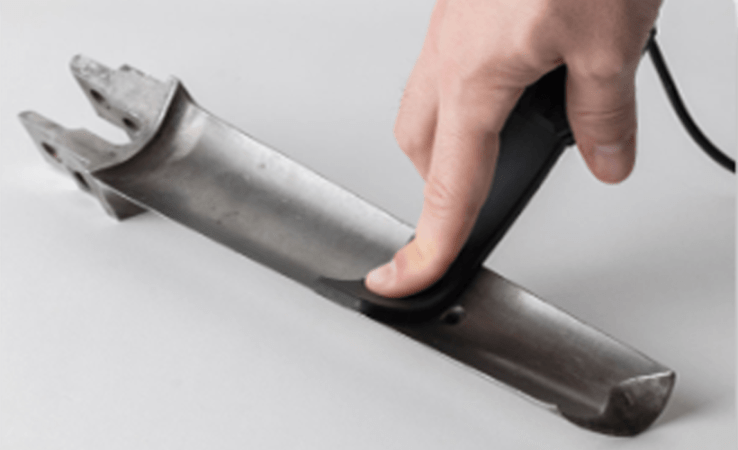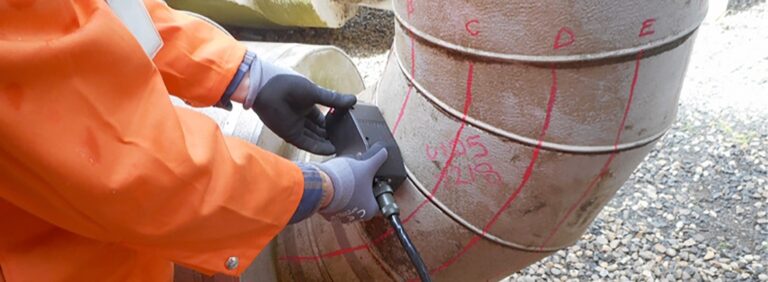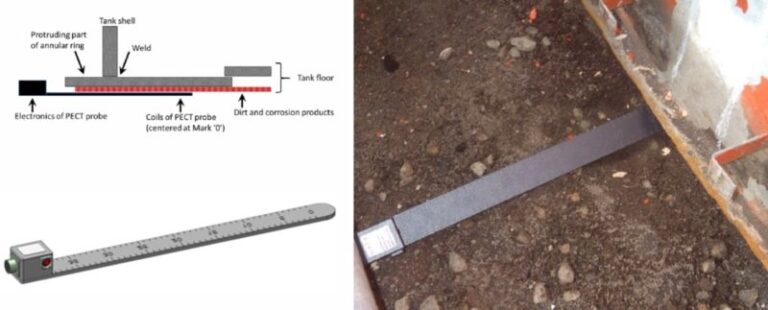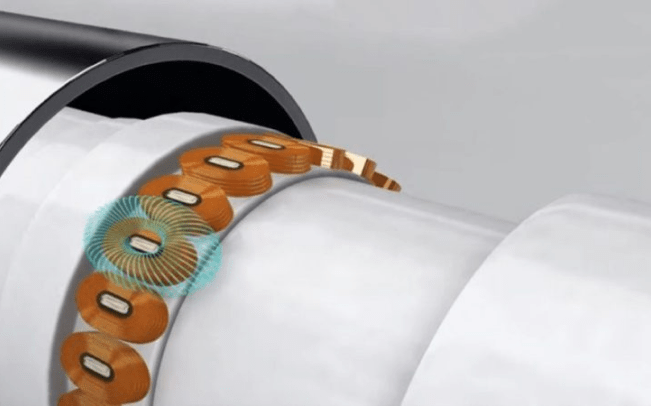Inspection of discontinuities like hairline cracks, subsurface cracks, micro-pitting, hidden-surface corrosion or wall loss, etc. has possessed a crucial inspection challenge to asset owner operating in Oil & Gas, Petrochemicals, Nuclear Power, Heavy Engg., Aviation & Defence, Marine and Manufacturing sectors.
Inspection with conventional NDT methods have limitations in terms of defect sensing capabilities and thus there is a strong possibility of missing out on minute defects which when not traced can lead to catastrophic failure in future.
So how are we to inspect minute surface defects with accuracy?
Surface Eddy Current Inspection is the solution to address your inspection challenges!
Surface Eddy Current Array Technology:
- Surface eddy current array, is an extension of standard Eddy Current where a series of eddy current elements are arranged in a row.
- However, this could lead to suboptimal results, that’s why surface ECA probes use multiplexing.
- Multiplexing involves activating and deactivating coils in specific sequences to leverage the probe’s width. Multiplexing also minimizes the interference between coils in close proximity (mutual inductance) and maximizes the resolution of the probe.

Advantages of using Surface Eddy Current Array:
- A larger area can be scanned in a single-probe pass, while maintaining a high resolution.
- Less operator dependent — eddy current array probes yield more consistent results.
- Defects as short as 0.05mm (50µm) can be detected reliably.
- Easier analysis because of simpler scan patterns.
- Can be used through painted surfaces
- Versatile surface probes can adopt to various geometries like bends, elbows, curved surfaces, bars, etc.
Applications:
- Turbine Blade surface inspection
- Pipes which cannot be inspected by Standard Eddy current bobbin probes
- Tank shell to shell welds and Tank Bottom plates
- Heavy Duty cranes structure welds
- Rail axle wheels inspections
- Complex geometries like Gears and shafts
- Ship Hull surface inspection
Standards guiding PEC Inspection :
ASME Section V, Article 8 | ASTM E 690











